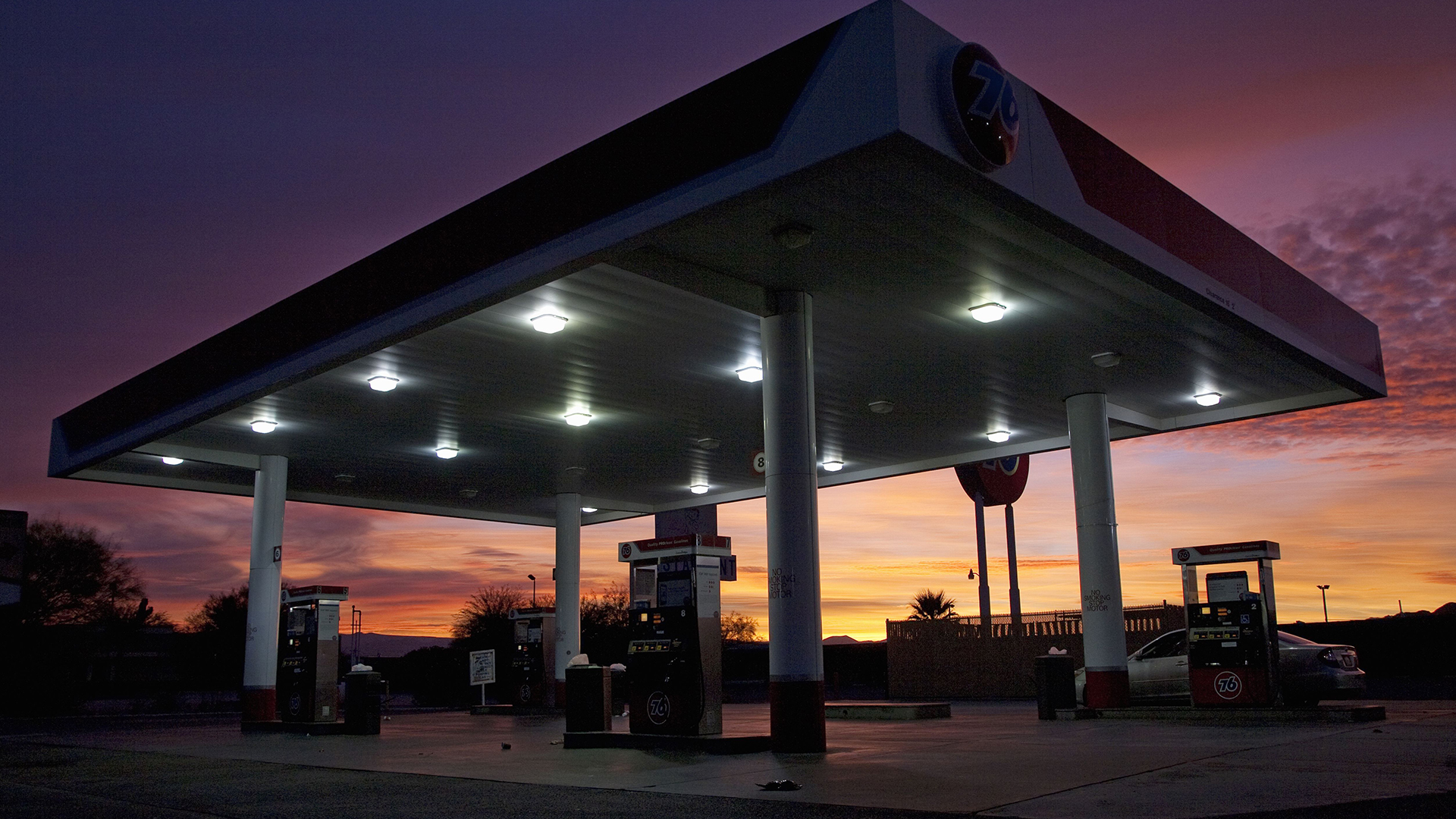

We may earn revenue from the products available on this page and participate in affiliate programs. Learn more ›
The International Energy Agency released a report on Wednesday that says oil supply and gasoline demand may well have already peaked thanks to the effects of COVID-19 in limiting transport and fuel usage, creating an enormous backlog from 2020. Although it’s far from the first time the IEA has suspected this might be happening, rather than predicting a long-term fall in oil usage, the agency believes we may well never return to 2019 levels, even as things return to relative normality.
The report, bluntly named “Oil 2021,” says that although most industry projects had assumed oil demand would continue to rise until a 2026 peak, the effects of lockdown have majorly put the brakes on that. It claims, “The global economy and oil markets are recovering from the historic collapse in demand caused by the coronavirus (COVID-19) pandemic in 2020. The staggering inventory surplus that built up last year is being worked off and global oil stocks, excluding strategic reserves, will return to pre-pandemic levels in 2021. And yet, there may be no return to ‘normal’ for the oil market in the post-COVID era.”

Why, beyond a big backlog caused by everyone staying home, would this actually mean we’ve already peaked, though? Logic would dictate that the return to normality everyone’s been fantasizing about since, well, this time last year would literally drive everything back to the same level it had been at before. Plus, the IEA has been warning us that there’s actually more oil demand from the automotive sector due to our increasingly SUV-heavy taste in cars.
It’s a little bit tricky, but to be clear, the IEA’s report talks about excess in on-hand oil
supply and a dropoff in gasoline
demand. It notes that the downturn caused by 2020, as well as the massively excessive production last year that’s left a surplus for what it says should be several years into the future, means that oil infrastructure is no longer looking to receive the investment it might have before the pandemic. It also adds, “Gasoline demand is unlikely to return to 2019 levels, as efficiency gains and the shift to electric vehicles eclipse robust mobility growth in the developing world.”
Although there’s an assumption that, under normal circumstances, oil demand could still increase for the next half-decade—though not likely breaking even with past highs until 2023—there’s a chance that suppliers won’t have as much incentive to provide it. There won’t be scarcity, due to the surplus from lockdown, for an extended period and it might well basically cover up to the point that supply would peak at its projected 2026 level. Therefore, no scarcity price increase is likely and in the meantime, we’ll have either plenty or a massively excessive supply.
As the oil and gas industries try to adapt, their priorities—given the backlog—won’t be on having to meet increasing demand. So although the IEA says huge infrastructural investment is needed to actually transform industries, and that the challenge to meet mid-century carbon neutrality goals remains massive and urgent, the race to extract more oil is kind of cruising under caution for now.
Got a tip about alternative fuels? Mail me on hazel@thedrive.com
